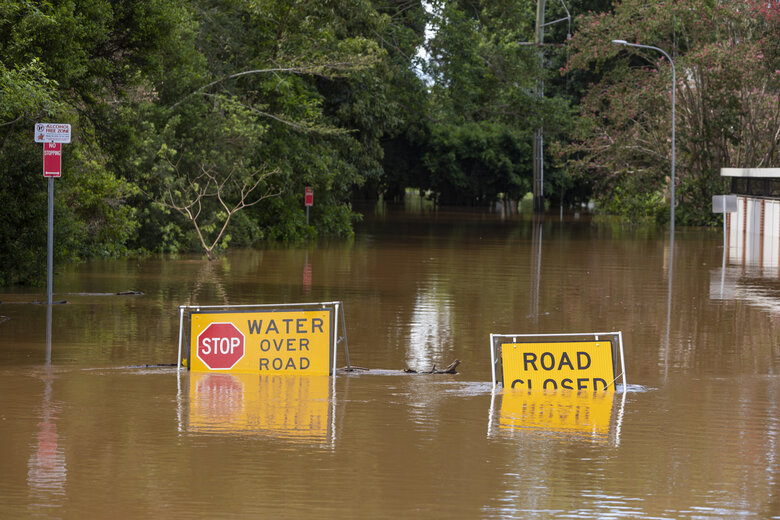
Now that the flood waters have receded and the immediate safety threat has passed, the job of restoring NSW’s transport infrastructure must begin, writes James Baker.

The recent flooding events in NSW have disrupted the lives of many in Sydney and surrounding areas, and damage costs are yet to be calculated.
In 2010-2011, Queensland faced similar flooding. The resulting damage was so great that the Queensland Reconstruction Authority was established – the only permanent agency in Australia dedicated to disaster recovery and reconstruction.
State and local government in NSW will be faced with a similar challenge as reconstruction efforts begin. Under these conditions, the standard construction planning, procurement and delivery procedures will prove inadequate.
To rebuild quickly while ensuring design and construction integrity, a collaborative approach between government and construction contractors is the only way forward. Taking the following steps can help NSW get back on track faster and produce better outcomes for the community.
Reducing ‘red tape‘
While red tape is an undesirable but sometimes necessary part of construction in the best of times, during disaster reconstruction it causes unacceptable delays. For normal asset renewal, the time required for design, planning and procurement can be factored into long-term planning. In their recovery, this is a luxury not available to NSW.
For recovery work, government should work with industry to minimise red tape as much as possible, recognising the trade-off between due diligence and the cost of delays.
Simplifying contracts and procurement procedures makes it easier for contractors to understand what they are signing up for and increases their ability to respond to bid requests. This means a greater capacity to complete urgent works in a shorter time period.
Involve contractors early
There are two critical aspects to good design – meeting technical design requirements and design for “buildability”.
The experts in buildability are the contractors engaged to carry out work. By involving contractors at the start of this process, the time to project delivery can be reduced substantially.
An early contractor involvement model can raise potential issues very early in the planning process that might otherwise be overlooked. Overall this allows for better prioritisation of conflicting requirements and reduced time to construction without compromising project outcomes.
Streamlining contract management
Particularly on larger projects, tendering and contract management takes up a lot of time both for contractors and for government asset owners. It’s not uncommon for contractors to decline to bid on work because they don’t have the resources to complete the required paperwork.
As much as possible, these processes should be simplified and automated. Onerous tendering and contract management requirements form a bottleneck both for government and for contractors.
When progress claims are paid quickly and variations are assessed fairly, it becomes easier for contractors to manage their businesses. Over time asset owners earn a reputation for being difficult to work for or fair and reasonable. This trust or lack of is a major factor in being able to effectively complete a large program of works, particularly when contractors are in short supply. If you suspect your organisation has a less than ideal reputation among contractors, changing this should be a high priority.
Properly allocate risk
Too often the majority of construction risk is pushed onto contractors. This is reflected in higher tender pricing to cover the risk component, and also in lower response rates when this risk passes the tolerable level for contractors. A good rule of thumb is that risk should be borne by the party best able to manage it.
Particularly for flood remediation, there is a high risk of latent conditions. These pre-existing but unknowable conditions should rightly be borne by the asset owner. If latent conditions risks are removed from contracts it becomes much easier for contractors to submit competitive bids.
The coming months will challenge the leadership of all levels of government in NSW. As we look forward towards recovery it’s an opportunity for us to learn from previous disasters and for government and the construction industry to work together to ensure the state is back on track as quickly as possible.
These principles are important in flood recovery to complete a large scope of time-critical works, but they also provide better outcomes in most situations. When construction is managed as a partnership, government asset owners, contractors and the community are all better off for it.
James Baker is the co-founder and CEO of Varicon.
Comment below to have your say on this story.
If you have a news story or tip-off, get in touch at editorial@governmentnews.com.au.
Sign up to the Government News newsletter